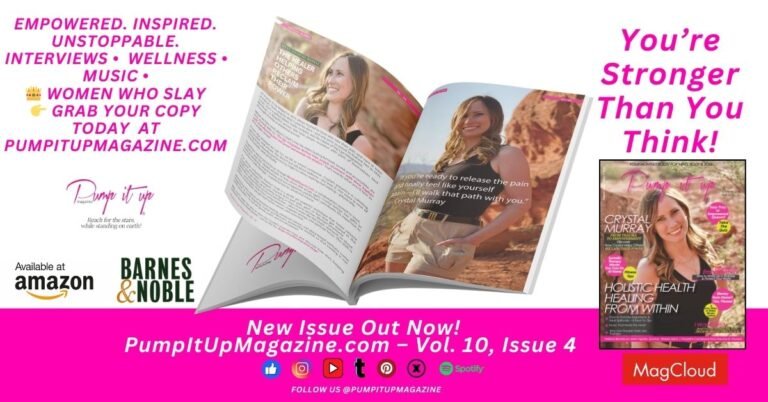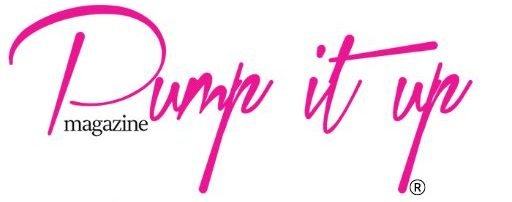Let’s not sugarcoat it—brands that dabble in little white lies are lighting a short fuse to their own reputation. You may think a tiny exaggeration or a harmless omission won’t hurt anyone. But business truth-bending, even when subtle, is a risky game with long-term consequences. Integrity isn’t just a moral preference—it’s your currency in the eyes of customers, stakeholders, and the world. This blog unpacks how even the smallest slip from the truth can sink your brand and how to armor yourself with full transparency and credibility.
Via Pexels
Table of Contents
1. Truth is a Long Game, Lies are Landmines
A Small Lie Is Still a Lie
Brand storytelling doesn’t give you a hall pass to fiction. When businesses tell “harmless” white lies—like inflated stats, edited testimonials, or “limited time” sales that run forever—they gamble with trust. And here’s the catch: audiences are getting sharper. They research. They compare. One inconsistency, and they’ll click away for good.
It’s Not About Getting Caught—It’s About What You Lose
You might not get publicly outed for every fib. But each twist chips away at your internal brand compass. Eventually, what you lose isn’t just face—it’s clarity, direction, and the respect of your team. Think of honesty as your alignment tool. Lose it, and your business starts drifting.
Reputation Doesn’t Grow Back Overnight
You can’t unburn a bridge. Once people feel deceived—even a little—they don’t just question that moment. They question your entire brand history. The fallout from a single twisted truth can take years to rebuild—if you’re lucky enough to get that chance.
Social Media Has a Long Memory
In an age where screenshots are eternal and bad press spreads faster than the flu, even a small white lie can ignite a PR storm. You might not trend on Twitter for the right reasons—but the backlash will be real, rapid, and ruthless. The public is fed up with being misled and manipulated by the companies while they spend their hard-earned cash.
Transparency Is Not a Trend—It’s a Movement
We live in a transparent economy. Consumers now expect brands to own their truths, even the imperfect ones. Those who embrace this movement thrive. Those who fake it fade. Being open isn’t just ethical—it’s strategic.
2. Why Small Lies Feel Safe—And Why They Aren’t
The Seduction of “Strategic Exaggeration”
A slight boost in your claims might feel like savvy marketing. But that’s just dressing a lie in a nicer suit. Saying your product lasts “twice as long” when it hasn’t been tested to prove that? That’s not creative—it’s corrosive. Or saying it was made in Italy while all the parts are made in China and only assembled in Italy might be legal but stays unethical.
Fear of Imperfection Fuels Falsehoods
Many brands lie because they fear the truth isn’t enough. But here’s the twist: authenticity is what wins hearts. A minor flaw owned honestly is more endearing than a fabricated perfection. Vulnerability builds loyalty—deception destroys it.
“Everyone’s Doing It” Isn’t a Justification
It’s tempting to believe that bending the truth is industry standard. But the brands that stand out long-term are those who dare to do things differently. Don’t look sideways. Look forward. Lead with truth, not trends.
Lying Internally Is the First Domino
Often, the first lies are told within the team. Sales reports are slightly padded. Customer feedback curated. The moment internal truth becomes optional, your culture erodes. And culture? That’s what drives everything else.
The Truth Always Leaks
Truth is like water—it finds a way out. Sooner or later, even the most polished lie slips through a crack. When it does, the damage is multiplied because you tried to hide it. Honesty might be slower, but it’s safe.
3. Building a Culture That Chooses Truth
Hire People Who Value Integrity
Your company’s reputation doesn’t begin with branding. It begins with people. From the top down, surround yourself with individuals who aren’t afraid to speak the truth, question inconsistencies, and admit mistakes. That’s where trust is born.
Reward Truth-Telling, Even When It’s Uncomfortable
Mistakes will happen. But the way your team handles them is everything. If you punish honesty and reward “keeping up appearances,” you’re training people to lie. Flip that script. Make truth the most valued currency in your company.
Document, Don’t Decorate
Every process, report, and piece of content should be built on facts. Encourage teams to document reality—not idealized versions. Build workflows where transparency is default, not a chore. And audit frequently.
Create Safe Channels for Honesty
Truth-telling needs air. Set up anonymous feedback tools. Hold space for open discussions. Create check-ins where employees can voice concerns without fear. The more honesty you invite, the less space lies you will have to hide.
Leadership Must Go First
If the CEO fudges metrics or dodges questions, everyone else will follow. Transparency must start at the top. Leaders should model it in every meeting, decision, and message. Truth trickles down, but so does deception.
Via Pexels
4. Marketing Without the Lies: Yes, It’s Possible
Storytelling Doesn’t Mean Story-Spinning
You can tell a compelling story without twisting facts. Use customer journeys, behind-the-scenes content, or honest origin stories. Let your impact speak. Authentic stories resonate far deeper than polished half-truths.
Use Real Numbers, Not Fantasy Figures
If you’re running a campaign, use real performance stats. If your client retention rate is 87%, say 87%—not “nearly 100%.” The more precise you are, the more credible you become. Specificity breeds trust.
Let Your Customers Be the Voice
Instead of curating fake reviews or overly edited testimonials, lean into real feedback—even the messy parts. It humanizes your brand. And yes, it might scare you. But audiences crave that raw, relatable content. Your customers can smell the fake reviews from a mile away, by the way.
Be Transparent About Limitations
Every product or service has boundaries. Maybe your service doesn’t work for huge enterprises. Maybe your product isn’t waterproof. Say it. Own it. It builds credibility and filters in the right customers.
Don’t Mislead with Design
If your CTA button hides the real cost, or your pricing page is a maze, you’re lying with design. Clean, honest UX is part of the truth equation. Great brands build trust not just with words—but with user experience.
5. When Truth is the Hardest—Double Down
Own Mistakes in Public
You will mess up. Everyone does. However, the brands that survive are those that admit their failures quickly and clearly. Publish corrections. Issue sincere apologies. Don’t spin. Own. It’s rare—and refreshing.
Be Honest With Partners and Clients
Don’t oversell your capacity. Don’t agree to deadlines you can’t meet. It’s better to under-promise and deliver early than to over-promise and ghost. Your partners will respect your candor more than your charm.
Train Your Team to Handle Hard Conversations
Equip your team to tell customers, “We’re not the right fit,” or “We made an error.” Those moments of uncomfortable truth are where loyalty is forged. Avoiding hard conversations only delays the inevitable—and usually makes it worse.
Don’t Weaponize Vague Language
It’s easy to hide behind buzzwords. “Innovative,” “next-gen,” “industry-leading.” But what do those actually mean? Speak plainly. Say what you do, how you do it, and why it matters. Clarity cuts through the noise.
Practice Radical Transparency
Go further than just not lying. Be open about pricing structures. Break down how decisions are made. If you’re in a volatile market (like for those who enjoy vaping), explain how changes may affect customers. Being real earns respect—even when it’s complicated.
6. How to Stay Fully Transparent Forever
Audit Your Messaging Regularly
What you said two years ago might not be true today. Review your website, socials, ads, and email flows. If anything feels misleading—even by accident—fix it. Consistent audits keep truth at the core.
Build a Feedback Loop
Let customers call you out. Invite their input. If they think something’s shady, investigate it. Their perspective is your mirror. The more eyes on your honesty, the less likely you are to slip.
Set Non-Negotiables in Brand Values
Make truth one of your brand’s immovable pillars. Put it in your onboarding, your company handbook, your hiring process. When truth is non-negotiable, everything else aligns behind it.
Train Staff in Ethical Communication
It’s not enough to say “be honest.” Teach your team how to communicate clearly, avoid overstatements, and stay factual under pressure. Run scenarios. Roleplay tough talks. Make truth-telling a muscle they use daily.
Let SEO & Web Design Reflect Your Ethics
Your digital presence is often the first point of contact. Design clean, intuitive paths to real information. Avoid clickbait. Be direct about what you offer. Follow honest SEO guidelines by providing relevant content that has value. Honest SEO & web design doesn’t just drive traffic—it builds belief.
Conclusion: Be Known for the Truth
In the end, people don’t want perfection. They want honesty. They want to know who they’re buying from, working with, trusting their data to. Your brand’s superpower isn’t your product—it’s your character. The businesses that lead the future won’t be the loudest. They’ll be the clearest. And they’ll be the most real.
So forget the little white lie. It’s not clever. It’s not strategic. It’s just the beginning of the end.
Choose the truth. Every time.













